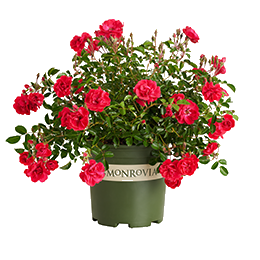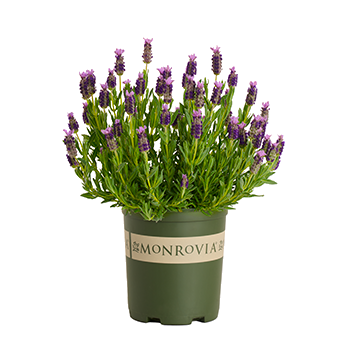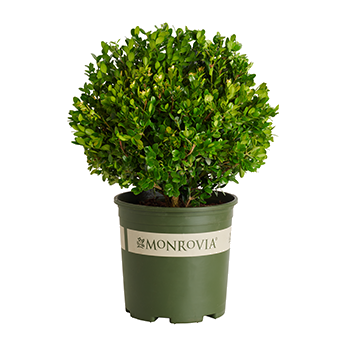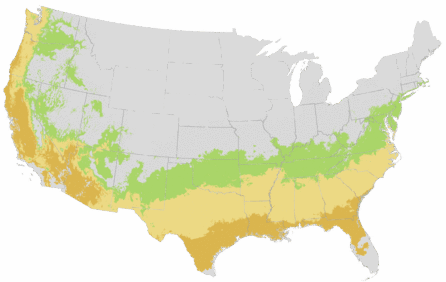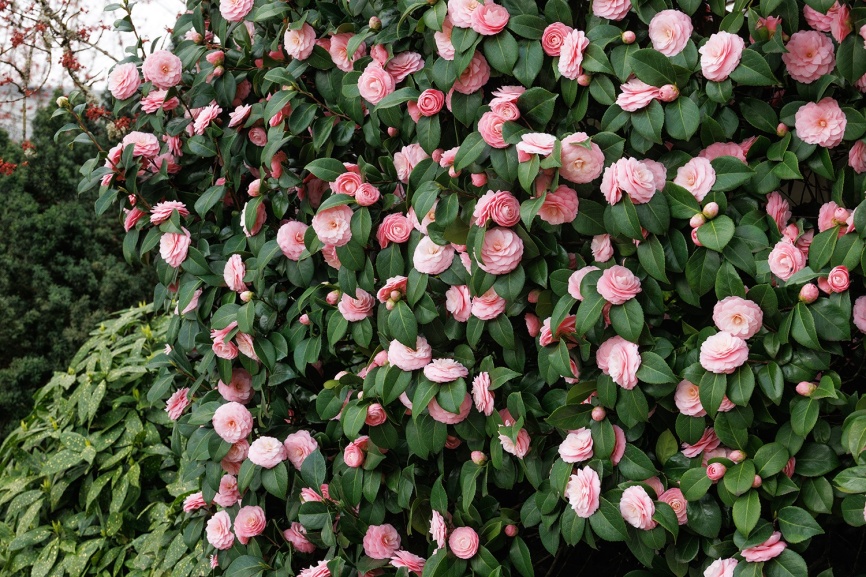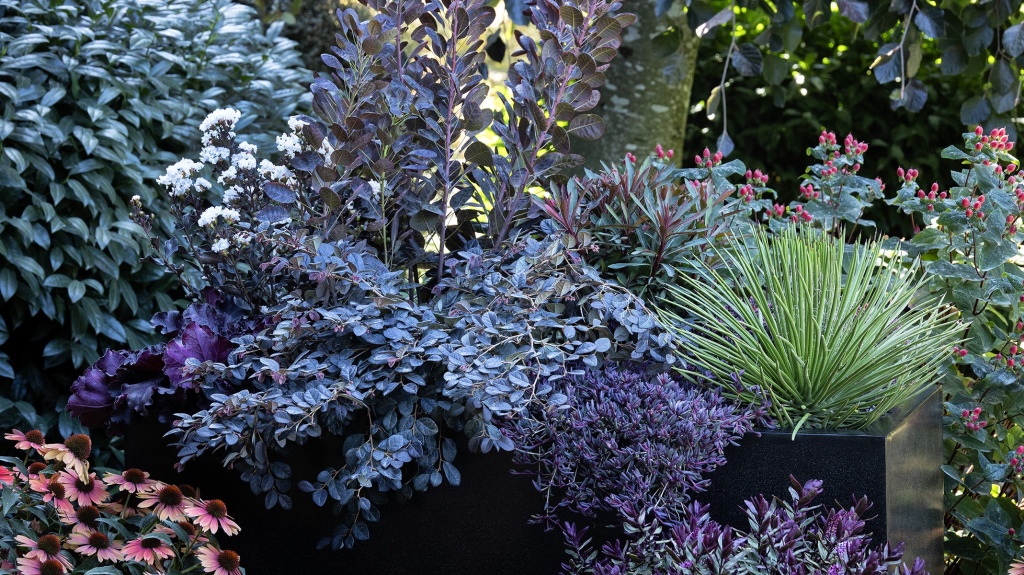You're growing in this Zip Code:
Change LocationDiscover Plants for Your Area
Peppermint Lace Crape Myrtle
Lagerstroemia indica 'Peppermint Lace'
Retailers Near You
| Description | Valued colorful landscape accent with profusion of crepe-like blooms throughout summer. Deep-pink flowers edged in white. Upright, branching habit. Large enough to stand alone as shrub or small tree. |
|---|---|
| Bloom Time | Early summer through fall |
| Deciduous/Evergreen | Deciduous |
| Special Features | Attracts Butterflies, Attracts Hummingbirds, Fall Color, Waterwise, Non-toxic to Cats and Dogs, Attracts Pollinators |
| Growth Rate | Moderate |
| Growth Habit | Upright |
| Flower Attributes | Showy Flowers |
| Patent Act | Asexual reproduction of plants protected by the Plant Patent Act is prohibited during the life of the patent. |
| Landscape Use | Container, Privacy Screen |
| Design Ideas | The aptly named 'Peppermint Lace' carries deep-pink flowers edged in white in late summer to early fall, making a lively and bold accent in the landscape. Use it by driveways, walkways and especially below high decks and balconies for a view of the spectacular flower show that appears over the crown. |
| Flower Color | Pink |
| Foliage Color | Green |
| Foliage Fall Color | Yellow |
| Companion Plants | California Lilac (Ceanothus); Astilbe (Astilbe); Rosemary (Rosmarinus); Photinia (Photinia); Bluebeard (Caryopteris) |
| Care Instructions | Follow a regular watering schedule during the first growing season to establish a deep, extensive root system. Feed with a general purpose fertilizer before new growth begins in spring. Prune old flower heads to encourage more blossoms. |
| History | The first crape myrtle from the South Pacific arrived at Kew in 1759, but widespread cultivation began about thirty years later at the hands of Andre Michaux in Charleston, South Carolina about 1786. The first trees were grown at Mount Vernon and Montechello, and from these sources some of the earliest cultivars were derived. |
| Lore | The earliest crape myrtle trees were grown by Michaux and sent from his nursery to man of our nation's most important early plantations such as Montechello and Mount Vernon. |
| Description | Valued colorful landscape accent with profusion of crepe-like blooms throughout summer. Deep-pink flowers edged in white. Upright, branching habit. Large enough to stand alone as shrub or small tree. |
|---|---|
| Bloom Time | Early summer through fall |
| Deciduous/Evergreen | Deciduous |
| Special Features | Attracts Butterflies, Attracts Hummingbirds, Fall Color, Waterwise, Non-toxic to Cats and Dogs, Attracts Pollinators |
| Growth Rate | Moderate |
| Growth Habit | Upright |
| Flower Attributes | Showy Flowers |
| Patent Act | Asexual reproduction of plants protected by the Plant Patent Act is prohibited during the life of the patent. |
| Landscape Use | Container, Privacy Screen |
|---|---|
| Design Ideas | The aptly named 'Peppermint Lace' carries deep-pink flowers edged in white in late summer to early fall, making a lively and bold accent in the landscape. Use it by driveways, walkways and especially below high decks and balconies for a view of the spectacular flower show that appears over the crown. |
| Flower Color | Pink |
| Foliage Color | Green |
| Foliage Fall Color | Yellow |
| Companion Plants | California Lilac (Ceanothus); Astilbe (Astilbe); Rosemary (Rosmarinus); Photinia (Photinia); Bluebeard (Caryopteris) |
| Care Instructions | Follow a regular watering schedule during the first growing season to establish a deep, extensive root system. Feed with a general purpose fertilizer before new growth begins in spring. Prune old flower heads to encourage more blossoms. |
|---|
| History | The first crape myrtle from the South Pacific arrived at Kew in 1759, but widespread cultivation began about thirty years later at the hands of Andre Michaux in Charleston, South Carolina about 1786. The first trees were grown at Mount Vernon and Montechello, and from these sources some of the earliest cultivars were derived. |
|---|---|
| Lore | The earliest crape myrtle trees were grown by Michaux and sent from his nursery to man of our nation's most important early plantations such as Montechello and Mount Vernon. |
Retailers Near You
About Us
We have been pioneers and craftsmen in the art of growing plants for nearly
100 years. Since our founding in Southern California by Harry E. Rosedale, Sr.
in 1926, we have been absolutely dedicated and obsessed with quality.
We have been pioneers and craftsmen in the art of growing plants for nearly 100 years. Since our founding in Southern California by Harry E. Rosedale, Sr. in 1926, we have been absolutely dedicated and obsessed with quality.
